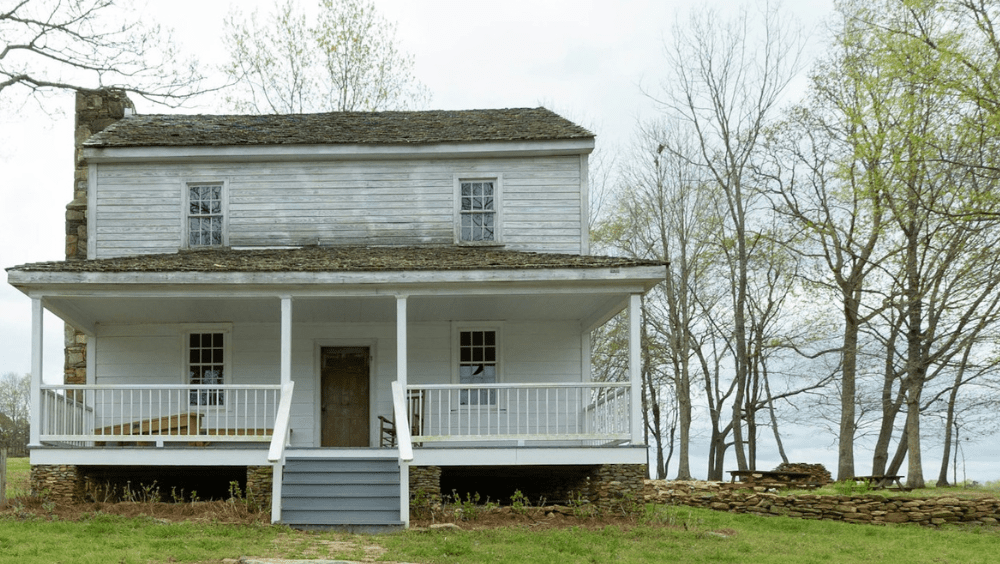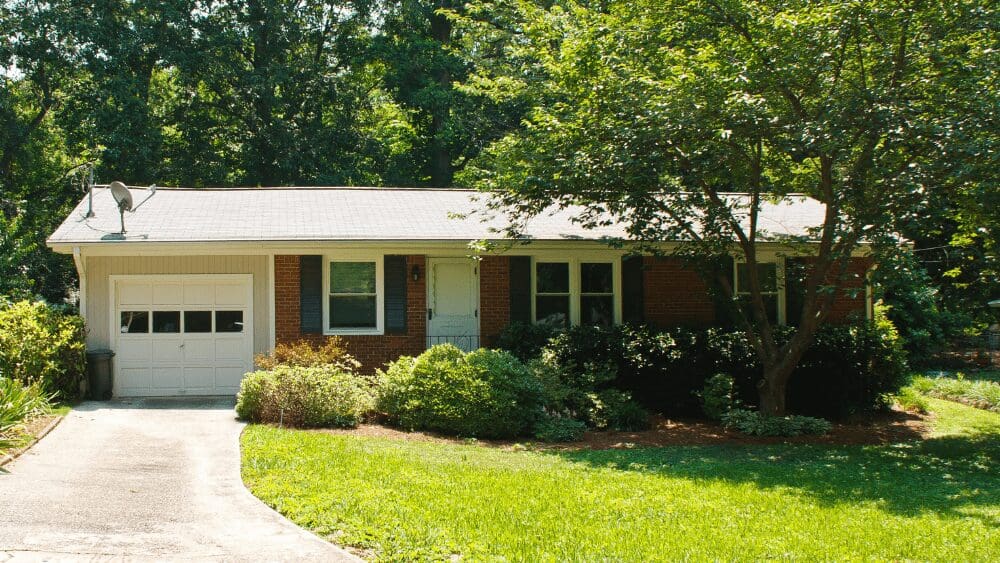
You can’t tune into a single HGTV show without hearing house hunters ogle over beautiful granite countertops in the kitchen or bath. For decades, the natural stone material has been the poster child for home luxury. In fact, according to the Builder Practices Survey (BPS) in 2016, 64% of new homes were built with granite countertops. But lately, there have been rumblings that granite’s days as the counter king are numbered. With solid-surface options and other natural materials riding a trend wave, could the granite craze be gone for good — or is its appeal just as strong as the stone itself? Granite is a durable, natural stone mined from quarries in places such as Brazil and Italy. After the material is mined, technicians cut the material into slabs and polish it to a smooth, shiny finish you see in the showroom. From there, fabrication specialists transform the material into specific shapes and sizes based on a customer’s needs. Granite catapulted into the limelight when designer Deborah Sussman had the countertop material installed in her kitchen in 1986. At the time, the stone was still pretty far out of the average homeowner’s budget. But in the 1990s, when more countries started quarrying and processing granite, the supply increased and prices started to come down. According to the International Trade Commission, by 1996 the U.S. was importing around 206,000 metric tons of granite, and that number had risen to two million metric tons by 2014. Barbara Turns, owner of Designer Kitchens and Baths in Las Vegas, has been in the construction industry since 1990 and launched her remodeling company in 1999. She remembers when granite snowballed in popularity in the 1990s and early 2000s. “It was a cheaper version of what we see today,” says Turns. “It wasn’t sealed properly, very little was known about the characteristics, and in my opinion it didn’t look good. But the builders advertised it as the ‘next best thing’ so they could use it as an upgrade in their new homes.” Compared to what came before it, granite was a clear upgrade. Laminate (Formica) had the benefit of being budget-friendly, but the tradeoff was a cheap, flimsy appearance. Ceramic tile countertops required grout, which was a pain to clean and maintain. Then there was Corian, a brand-name for a solid-surface countertop made from a blend of polymer and natural materials. It was a step up from laminate and tile, but Corian lacked the shine and “wow factor” of granite. Throughout the 2000s, granite began popping up in more and more mid-level and entry-level homes. It also started to replace marble countertops in luxury homes, as granite offered enhanced durability and stain resistance. But as we head into the second decade of the century, the great granite craze appears to be tapering off, or perhaps just entering a lull. If you ask a handful of designers, builders, and real estate agents to name the most popular countertop material today, a sizable portion of them will likely name something other than granite. Monique Walker, a top-selling real estate agent in Phoenix, says buyers aren’t as in love with granite as they used to be. Out of a sampling of 30 homes that recently sold in the most in-demand part of her Phoenix market, she estimates that 95% of them had quartz countertops and the other 5% had marble — and the same goes for the properties built in the area over the last year. But Doug Fernandez, a residential homebuilder in San Jose, California since 1985, believes granite is still alive and well. Many of the clients he works with prefer granite because it’s easy to keep clean, can hold up to hot pans in the kitchen, and doesn’t have any grout joints that require maintenance. Turns agrees that granite is still in high demand, partly because the available color options have increased substantially since the early 2000s. “Because no two slabs of granite are exactly the same, the variety is enormous,” she says. Among the homeowners who are still going the granite route, the design preferences seem to be changing. In the 1990s and early 2000s, people gravitated toward bolder, busier, and darker granite slabs. These days, Fernandez is seeing a shift toward solid, lighter colors, such as white with subtle grey-veined patterns that emulate Carrera marble, or more subdued speckled patterns. The selection of granite color also hinges on the colors of the cabinets and floors. “Nowadays, consumers are looking for cabinet colors and countertops that strongly contrast each other,” Fernandez explains. “We also take the floor colors into account to make sure they contribute to that contrast.” Granite isn’t expected to disappear anytime soon. According to a global research report, the granite, marble, and stone market is anticipated to grow at a considerable rate through 2025. However, quartz is quickly emerging as granite’s biggest rival. While granite is a purely natural stone, quartz is a manmade material consisting of a blend of around 90% ground-up quartz and around 10% polyester resin and polymers. Over the past decade or so, quartz has won over many former granite diehards with its many attractive benefits: While quartz might be granite’s biggest rival in countertop choices, some other alternative materials are also starting to edge into the market. Your choice in countertop material is an individual one, and should be based on your lifestyle and budget. Walker typically recommends quartz as the best choice for her clients, as buyers in her area are seeking it out for its customization, resiliency, and sleek, upscale look. That said, granite is still a popular choice among builders and buyers. Just make sure your color selections lean toward the light neutrals trending today.The rise of granite countertops
Granite then and now
Is granite on the way out?
Evolution of granite design trends
Quartz as competition
Other alternatives to granite
So, should you go with granite?



